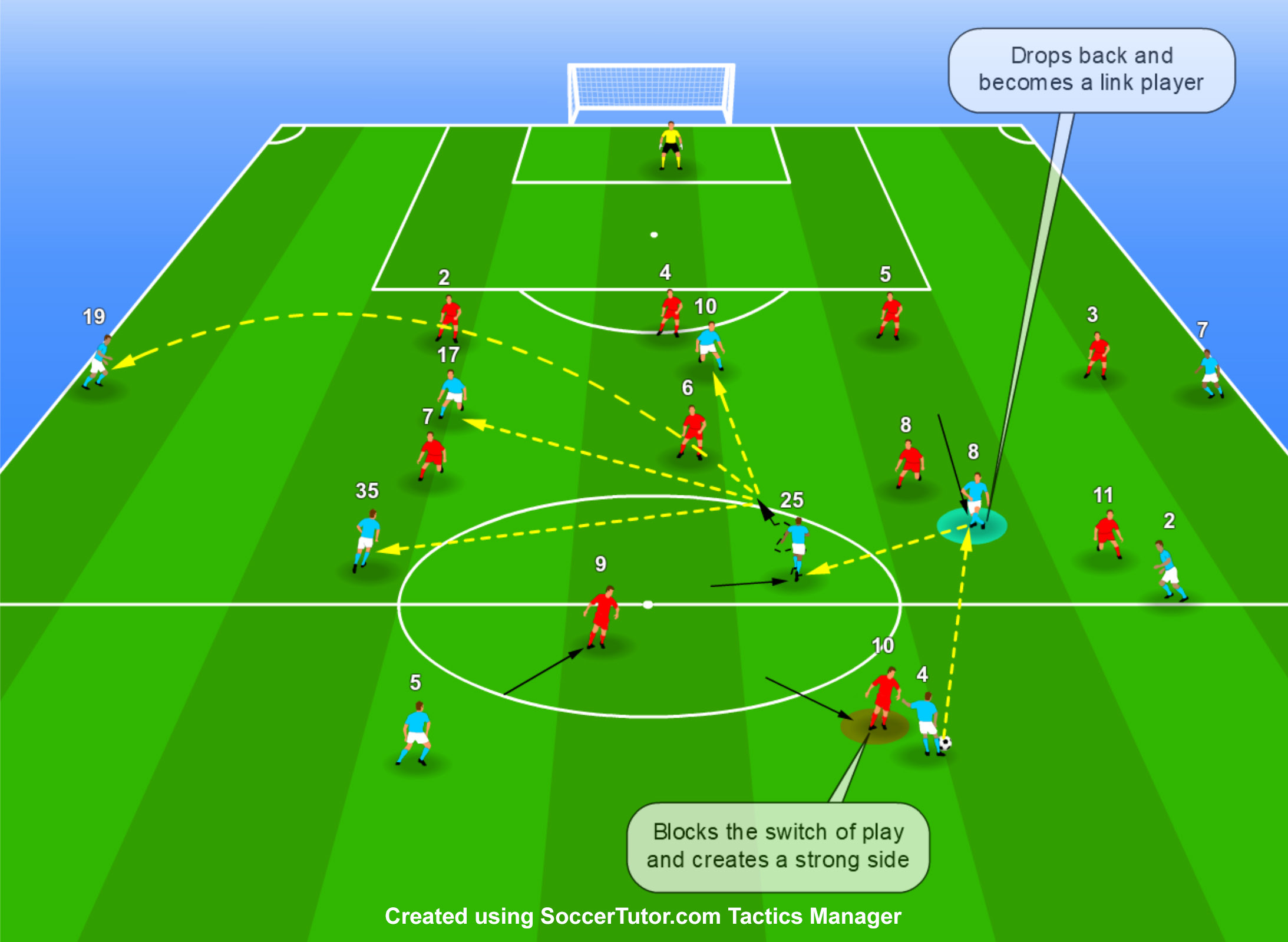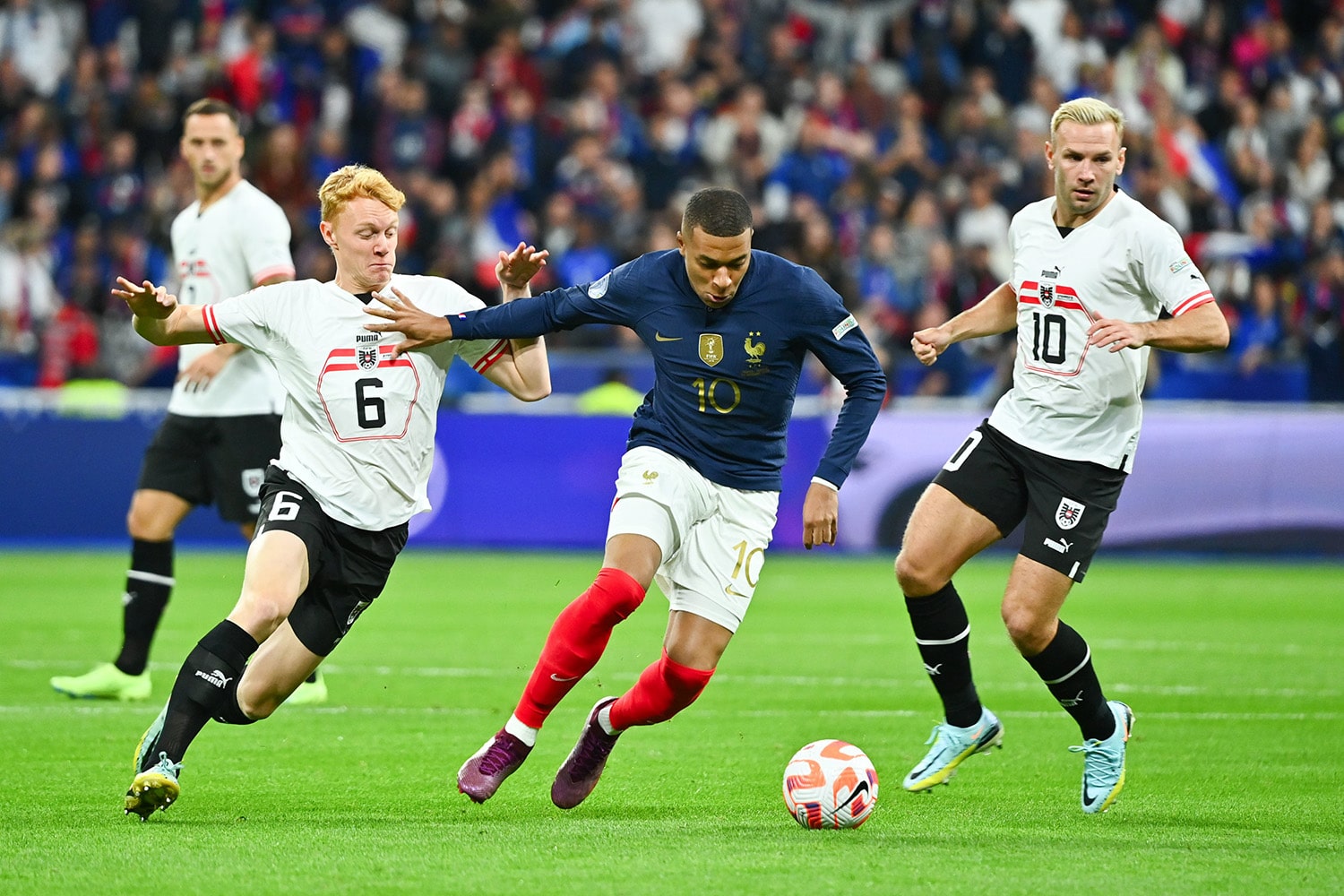
The Architect of Modern Football: Deconstructing Pep Guardiola’s Tactical Masterclass
Few names resonate as profoundly in the annals of football management as Pep Guardiola. From the moment he stepped into the dugout at Barcelona in 2008, he didn’t just win; he redefined what winning looked like, ushering in a new era of tactical sophistication that has permeated every level of the beautiful game. Beyond mere possession statistics, Guardiola’s genius lies in his meticulous planning, relentless pursuit of perfection, and an unwavering commitment to a set of core principles that, while adaptable, remain fundamentally consistent across his tenures at Barcelona, Bayern Munich, and Manchester City. This article will delve into the multifaceted layers of Guardiola’s footballing philosophy, dissecting the key tactical tenets that have made him arguably the most influential manager of the 21st century.
The Foundation: Juego de Posición (Positional Play)
At the heart of Guardiola’s tactical universe lies "Juego de Posición," or Positional Play. This is not simply about keeping the ball; it’s a highly structured system designed to create superiorities – numerical, positional, and qualitative – across the pitch, ensuring the team always has control and optimal angles for progression.
The core idea is to occupy specific zones of the pitch to create passing triangles and diamonds, ensuring that the player on the ball always has at least two or three passing options. This involves strict adherence to principles like:
- Width and Depth: Players must stretch the pitch horizontally and vertically to open up passing lanes and disorganize the opponent’s defensive block.
- Numerical Superiority: Creating overloads in specific areas, especially in the build-up phase and midfield, to outnumber the opponent and facilitate ball retention.
- Occupying Lanes: Ensuring that no more than two players are on the same vertical or horizontal line to maximize passing options and prevent congestion.
- The "Third Man Run": A crucial concept where a player, often a midfielder, makes a run into space created by the movement of two teammates, becoming a surprise passing option and bypassing a defensive line. This disorients the opponent and is a hallmark of his teams’ ability to break down compact defenses.
Juego de Posición is about controlling space as much as it is about controlling the ball. By establishing these precise spatial relationships, Guardiola’s teams can circulate the ball with purpose, patiently waiting for a defensive weakness to appear, and then exploiting it with incisive, often devastating, attacking sequences.
The Build-Up: From the Goalkeeper Onwards
Guardiola’s tactical system begins with the goalkeeper. Ederson at Manchester City, Manuel Neuer at Bayern, and Victor Valdés at Barcelona were not just shot-stoppers but integral components of the build-up phase. The goalkeeper is often the first playmaker, comfortable receiving the ball under pressure and capable of accurate distribution, whether short passes to central defenders or long, precise balls over the press.
The aim of the initial build-up is to "lure" the opponent’s press. By patiently circulating the ball among the goalkeeper and central defenders, Guardiola’s teams invite opponents to push high, creating space further up the pitch. Once the opponent commits, a quick, sharp pass or a sudden change of tempo can bypass multiple lines of pressure, releasing midfielders or wide players into dangerous areas. The central defenders, like John Stones or Aymeric Laporte, are not just defenders but exceptional ball-players, comfortable stepping into midfield or breaking lines with passes.
The Midfield Maestro: Controlling the Centrality
The midfield is the engine room of any Guardiola team. Players like Sergio Busquets, Xavi, Andres Iniesta, Philipp Lahm, Thiago Alcântara, Rodri, and Kevin De Bruyne are the lynchpins. Their roles are multifaceted:
- Ball Retention: They are masters of keeping possession, even under intense pressure, using close control and intelligent body positioning.
- Tempo Control: They dictate the pace of the game, knowing when to slow it down to draw opponents out and when to accelerate with quick, penetrating passes.
- Positional Awareness: They constantly adjust their positions to create passing angles, offering themselves as outlets and forming the triangles essential to Positional Play.
- Defensive Shielding: The holding midfielder (Busquets, Rodri) acts as a crucial screen for the defense, breaking up play and initiating counter-pressing.
Guardiola often seeks to achieve numerical superiority in central midfield, typically playing with three central midfielders (a pivot and two advanced midfielders or "interiores"). This central dominance allows his teams to control the rhythm of the game, recycle possession, and launch attacks through the most dangerous area of the pitch.
The Dynamic Wings and Fluid Attacking Roles
While central control is paramount, Guardiola’s teams also leverage the wings effectively, though the role of the wide players can vary significantly.
- Traditional Wingers: At Barcelona, players like Pedro and David Villa often stayed wide, stretching the defense and providing crosses.
- Inverted Wingers: Later, with Lionel Messi often operating centrally, wingers like Raheem Sterling and Leroy Sané at City would cut inside, creating space for overlapping fullbacks or taking shots themselves.
- "False Nines": Guardiola famously revolutionized the center-forward position with Messi at Barcelona, deploying him as a "False Nine" – a striker who drops deep into midfield, drawing central defenders out of position and creating space for runs from midfield or wide areas. He has replicated this with Bernardo Silva, Phil Foden, and even Kevin De Bruyne at City before the arrival of Erling Haaland.
- Inverted Fullbacks: Perhaps one of Guardiola’s most innovative and defining tactical shifts, particularly at Bayern and City, has been the use of "inverted fullbacks" (e.g., Philipp Lahm, Joshua Kimmich, João Cancelo, Oleksandr Zinchenko). Instead of hugging the touchline, these fullbacks drift into central midfield areas when their team is in possession. This creates numerical superiority in the midfield, allows wide players to stay high and wide, and provides more passing options to circulate the ball. When possession is lost, they quickly revert to their defensive wide positions.
This fluidity ensures that the opposition is constantly guessing. Players are not tied to rigid positions but rather to specific zones and roles depending on the phase of play, constantly interchanging and creating dilemmas for the defense.
The Relentless Press: Winning the Ball Back
Guardiola’s teams are as renowned for their aggressive pressing as they are for their possession. This is not a separate entity but an integral part of his philosophy, often termed "Gegenpressing" or counter-pressing. The moment possession is lost, there is an immediate, collective reaction to win the ball back, ideally within seconds and as high up the pitch as possible.
The principles of Guardiola’s pressing include:
- Immediate Reaction: Players closest to the ball immediately swarm the opponent, aiming to force a mistake, win the ball back, or at least prevent a clear counter-attack.
- Trapping and Funneling: The press is coordinated to funnel the opponent into specific areas of the pitch, often towards the touchline, where space is limited.
- Compactness: When not pressing, the team maintains a compact shape, reducing space between lines and making it difficult for opponents to play through.
- Preventing Transitions: By winning the ball back quickly, Guardiola’s teams deny opponents the opportunity to launch dangerous counter-attacks, which are often the most effective way to hurt possession-based sides.
This high-intensity pressing ensures that even when they lose the ball, Guardiola’s teams quickly regain control, perpetuating their dominance and suffocating the opponent.
Adaptability and Evolution: A Constant Learner
While the core principles remain, one of Guardiola’s greatest strengths is his adaptability. He is not dogmatic; he constantly evolves his system based on the players at his disposal, the specific challenges posed by opponents, and the changing landscape of modern football.
- Barcelona (2008-2012): Built around the unique talents of Messi, Xavi, and Iniesta, focusing on intricate passing triangles, a high defensive line, and the False Nine.
- Bayern Munich (2013-2016): Incorporated the Bundesliga’s physicality, experimented more with inverted fullbacks, and often used a more direct approach when necessary, adapting to different player profiles like Robert Lewandowski and Arjen Robben.
- Manchester City (2016-Present): Initially struggled with the physicality of the Premier League but gradually built a squad perfectly suited to his vision. He perfected the inverted fullback role, integrated a world-class ball-playing goalkeeper, and demonstrated incredible flexibility, from playing without a recognized striker for extended periods to successfully integrating a traditional, prolific number nine like Erling Haaland. The integration of Haaland showcased a new dimension, combining his directness and aerial threat with City’s intricate build-up, demonstrating Guardiola’s willingness to evolve his tactics to maximize new talents.
His tactical adjustments are often subtle but profound, showcasing a deep understanding of the game and a willingness to challenge conventional wisdom.
The Training Ground and Attention to Detail
The complexity and precision of Guardiola’s tactics demand an obsessive level of detail and repetition on the training ground. Sessions are meticulously planned, often involving specific drills that simulate match situations.
- Rondos: The famous "rondo" (piggy-in-the-middle) is a staple, emphasizing quick passing, tight control, and positional awareness under pressure.
- Positional Drills: Players practice specific movements and passing patterns repeatedly until they become instinctual.
- Video Analysis: Extensive use of video analysis helps players understand their roles, identify opponent weaknesses, and refine their movements.
Every player knows their role, not just with the ball but also without it. The emphasis is on collective intelligence, where each player understands how their movement impacts the entire team’s structure and flow.
The Enduring Legacy
Pep Guardiola’s tactical philosophy has fundamentally reshaped modern football. His influence can be seen in countless teams that prioritize possession, intelligent pressing, and fluid positional play. He has demonstrated that football can be both beautiful and ruthlessly effective, a perfect blend of artistry and scientific precision.
His journey from Barcelona to Manchester City has been a masterclass in adaptation, showcasing that while his core principles remain steadfast, their application is constantly refined. He doesn’t just win; he pushes the boundaries of tactical innovation, forcing opponents to rethink their strategies and inspiring a new generation of coaches. In an era where football continues to evolve at a rapid pace, Pep Guardiola stands as the preeminent architect, continually drawing up new blueprints for success and solidifying his place as one of the most brilliant minds the game has ever seen.



